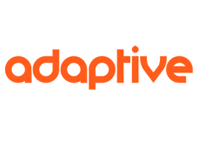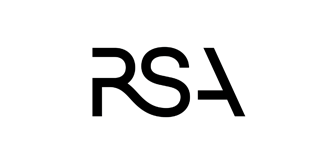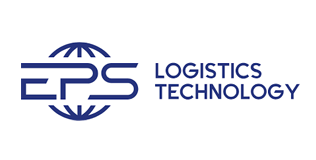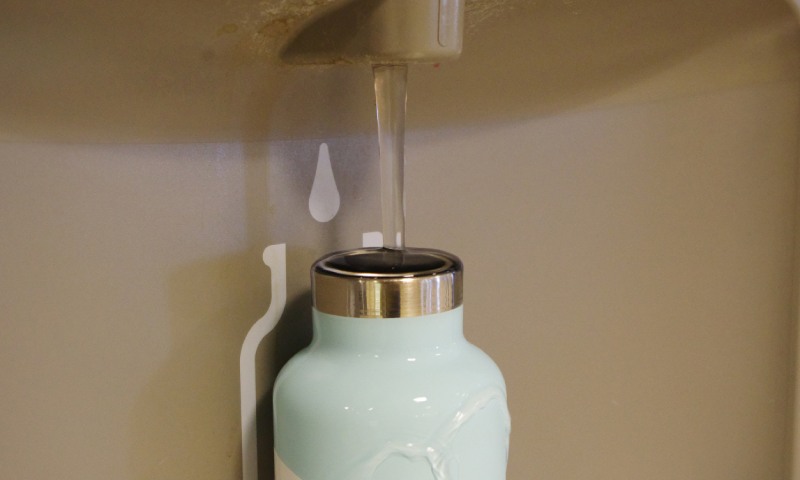
The need to reduce reliance on single-use plastic is well known and is the responsibility of each of us, but achieving this relies on support from institutions and organisations.
In schools across the UK, where single-use plastics - particularly plastic bottles - are still commonly used, the call for sustainable alternatives, such as bottle filling stations, grows louder.
In this article we explore how the installation of bottle fillers has become a key part of a proactive response to excessive plastic waste in UK schools.
Why single-use plastics are so prevalent in schools
The convenience and accessibility of plastic bottles has led to their widespread use both in and out of schools.
Students and staff purchase and use these bottles throughout the school day - providing a quick solution for hydration. The availability and ease of disposal of plastic bottles in vending machines and school canteens often make them a popular choice, contributing to wider plastic pollution.
Plastic bottles and their caps account for 22.7% of all plastic waste, and a 2019 waste assessment at Forest Hall School in Stansted, Essex found that over 30,000 plastic bottles were used by students and staff each year.
The problem with plastic
Plastic bottles (and all other plastic goods) pose significant environmental challenges due to their production, usage and disposal. Here are some key reasons why plastic water bottles are detrimental to the environment:
Non-biodegradability
Most plastic bottles are made from petroleum-based materials like polyethylene terephthalate (PET), which do not biodegrade easily. This means that once discarded, plastic bottles stay in the environment for hundreds of years, contributing to long-lasting pollution.
Resource-intensive production
The production of plastic bottles requires substantial amounts of fossil fuels and energy. Current manufacturing processes utilise 2 litres of water to create a single 1 litre plastic bottle - and release 3 tonnes of CO2 for every tonne of plastic produced.
Single-use culture
Plastic bottles are often used for single-serving drinks, contributing to a throwaway culture.
Marine pollution
Improper disposal and recycling of plastic bottles can lead to water pollution. Reports show that roughly 0.5% of the world’s plastic ends up in our oceans, posing a severe threat to marine life. In fact, plastic pollution in the ocean is estimated to kill at least 100,000 marine animals each year.
Microplastics
Over time, plastic bottles break down into smaller particles called microplastics due to exposure to sunlight and other environmental conditions. These microplastics can contaminate soil and water, entering the food chain and potentially impacting human health.
Limited recycling rates
While plastic bottles are recyclable, plastic waste recycling rates are often low - only 9% of plastic used globally gets recycled. Improper disposal practices, lack of recycling infrastructure, and the challenges associated with recycling mixed materials all contribute to the limited effectiveness of recycling efforts.
In today's climate, the environmental consequences of UK schools’ reliance on single-use plastics are concerning. Plastic pollution has reached crisis levels globally, and, in some cases, UK schools are inadvertently contributing to this escalating problem.
How water bottle fillers can reduce plastic waste in schools
Installing a water bottle filler on school grounds comes with a range of benefits that positively impact both the immediate school environment and the natural environment at large.
Reduction of single-use plastics (and related green benefits)
-
Encouraging reusable bottle use: Water bottle fillers provide a convenient and accessible way for students and staff to refill their reusable water bottles. By encouraging the use of refillable containers, these systems discourage the purchase and disposal of single-use plastic bottles.
-
Raising awareness about plastic pollution: Water bottle fillers offer an opportunity for schools to raise awareness about the environmental impact of single-use plastic. Educational initiatives, signage or classroom discussions can accompany the installation of these systems, helping students to understand the consequences of plastic pollution. Furthermore, water bottle fillers with bottle counters can help to raise pollution awareness themselves. This feature shows users how many plastic bottles they've saved from landfills by using the refill station.
-
Encouraging green habits: When people choose reusable bottles, refilling at bottle filling stations becomes standard – and fewer plastic bottles are used. This shift encourages environmentally responsible behaviour both in and outside school.
-
Aligning schools with sustainability goals: Installing water bottle fillers reflects a commitment to sustainability on the part of the school administration. It sends a clear message that the institution prioritises environmentally friendly practices and is taking observable and effective steps to reduce its ecological footprint.
Additional benefits of bottler fillers in schools
Beyond reducing reliance on plastic bottles, there are several benefits to installing water bottle fillers in schools:
-
Improved hydration and cognitive function: Easy access to water bottle fillers promotes regular hydration throughout the school day. A study carried out by Cambridge University showed a strong link between proper hydration and improved cognitive function, concentration, and overall mental well-being. By making water readily available, schools support effective learning and productivity.
-
Enhanced hygiene: Water bottle fillers help prevent the spread of illness in schools by minimising direct contact with shared surfaces. This can lead to reduced student and staff absences, which, in turn, can improve overall school performance - and increase the chances of securing funding.
-
Healthier drink choices: Water bottle fillers promote water as the primary drink choice. This not only supports hydration but also encourages healthier habits by reducing the consumption of sugary and less nutritious drinks.
-
Convenience and accessibility: Water bottle fillers provide a convenient and accessible source of water within the school premises. Students and staff can easily refill their bottles between classes, during breaks or after physical activities. This has the potential to pave the way for numerous health benefits. A German study found that free access to water can reduce excessive weight gain among children by 31%. Another, in the US, observing 1 million New York students across 1,227 schools with varying degrees of water accessibility, garnered strikingly similar results. Further studies have revealed that greater water accessibility can help alleviate growing pains, allergies, and asthma symptoms.
-
Cost savings for the students and faculty: By opting for reusable bottles and refilling them at stations, students and faculty members can significantly cut down on the expenses associated with purchasing single-use bottled water.
-
Cost savings for the school: Reducing plastic waste directly correlates with reduced waste management costs, including collection, disposal and recycling fees.
Implementation of bottle fillers in UK Schools
Schools may understandably have questions about the costs associated with installing and maintaining bottle filling stations, as well as the impact it would have on existing routines. Clear communication and transparency about the cost-efficiency and ease of maintenance can ease these concerns and lead to a smoother transition.
Integrating water bottle fillers into UK schools is often quite simple, as these systems can be fitted into existing plumbing.
Bottle filler installation varies depending on the model and the existing plumbing network, but, typically speaking, a simple station can be retrofitted in 2–3 hours. This means disruption can be kept to an absolute minimum by planning installations outside of school hours, during school holidays or, depending on the installation point, even during lesson time.
Furthermore, with several school-ready bottle fillers available for a range of prices, schools can invest in a sustainable hydration solution that suits their budgetary requirements.
Our bottle filler recommendations
Here are our top four bottle filling station recommendations for your school!
CWS Eco-UV Bottle Refill Station
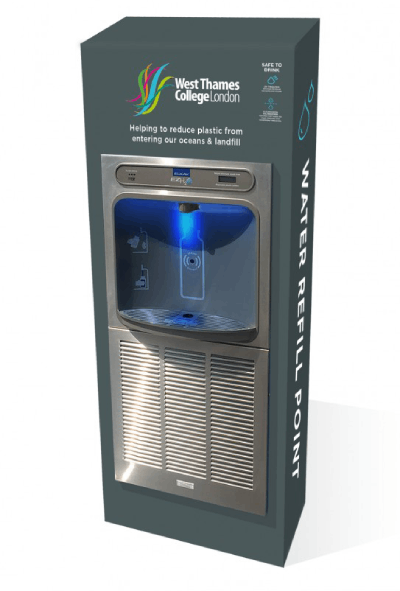
The Eco-UV Bottle Refill Station is one of our most popular in schools and colleges. It can be floor or wall mounted, giving you more installation options, and it’s entirely touch-free for improved hygiene.
The bottle bay offers a splash- and waste-free refill, while the built-in Ultra-Blu UV steriliser adds an extra layer of safety – and reduces manual maintenance requirements.
This plumbed dispenser is not only cost-effective but also efficient, filling up to 680 bottles (340 litres) per hour and chilling 80 litres of water in the same timeframe.
Made of durable fire-resistant composite material, the exterior is vandal-proof and can be customised with your school’s branding or messaging.
CWS HT HydroBoost Combination Bottle Filling Station
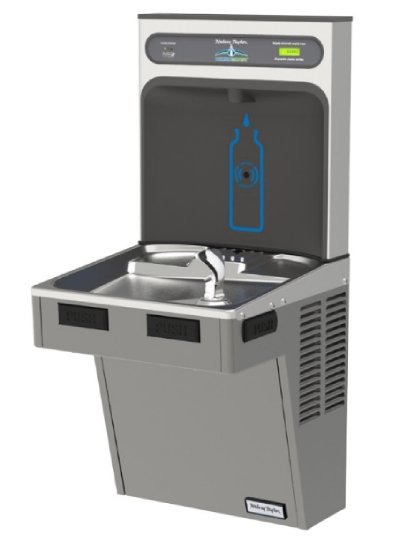
Perfect for schools with limited space, the HydroBoost Bottle Filling Station is a small wall-mounted unit that fits well in tight spots. It dispenses chilled and filtered water, about 42 litres per hour, at temperatures between 7 and 13 degrees Celsius.
The bottle filler is easy to use – just wave your hand, and it fills up without spills, which is great for busy schools looking for cost-effective water solutions.
The HydroBoost is made tough with a stainless-steel top that doesn't show water marks or fingerprints, keeping it looking presentable. So, for schools that want something sturdy, simple and low-maintenance, the HydroBoost is a smart pick.
CWS HydroBoost Bottle Filling Station
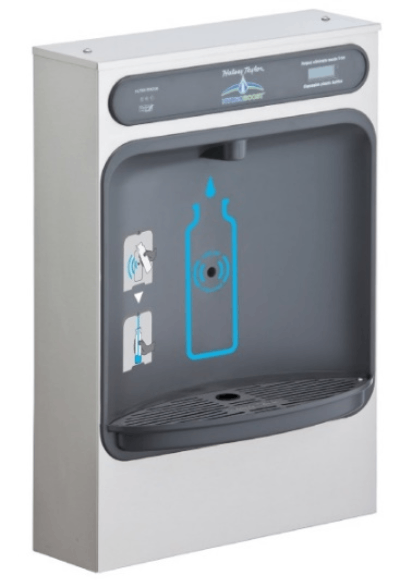
Featuring a hands-free sensor and a 20-second automatic shut-off timer, the HydroBoost Bottle Filling Station is easy to use, hygienic and keeps water waste to a minimum.
It can be surface-mounted for easy installation in spaces with limited wall depth, and as a non-refrigerated unit, it consumes minimal electricity.
That said, the HydroBoost can be connected to a remote chiller where space allows. For example, it’s an excellent fit for sheltered outdoor spaces — with the chiller conveniently placed at the wall behind.
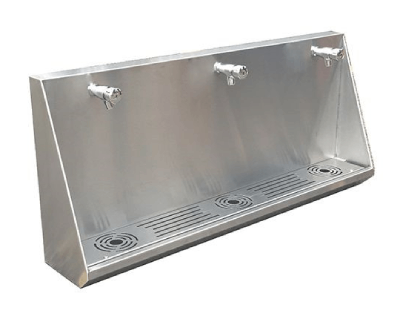
The CWS BF 489 is a simple, space-friendly, wall-mounted design. It uses press button taps with a timed flow to reduce water waste, and the base is hinged to simplify maintenance.
You can take your pick from 1 to 5 filling spots and tweak the widths between them. This makes the BF 489 a popular option for schools, as it can be customised to suit different levels of foot traffic.
Beyond bottler fillers: how to reduce plastic waste in schools
While water bottle fillers play a significant role in reducing plastic waste in schools, a comprehensive sustainability strategy involves broader initiatives. Implementing waste reduction programs, promoting energy efficiency, and adopting eco-friendly practices contributes to a more holistic approach.
Integrating environmental education into the curriculum and fostering cultures of sustainability through initiatives like community gardens or renewable energy projects further solidifies a school's commitment to a greener future.
Final thoughts
By including water bottle fillers as part of a holistic approach to sustainability, schools can not only reduce single-use plastic waste but lay the groundwork for a greener future by instilling crucial values of responsibility and stewardship in their students.
For more information on bottle filling stations or to discuss which models are most suitable for your school, contact us today.



